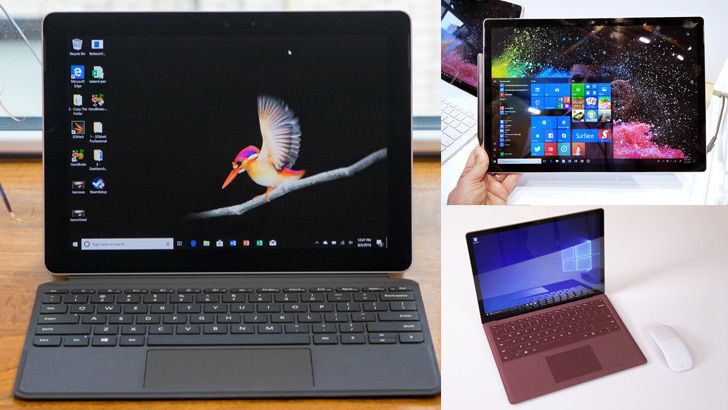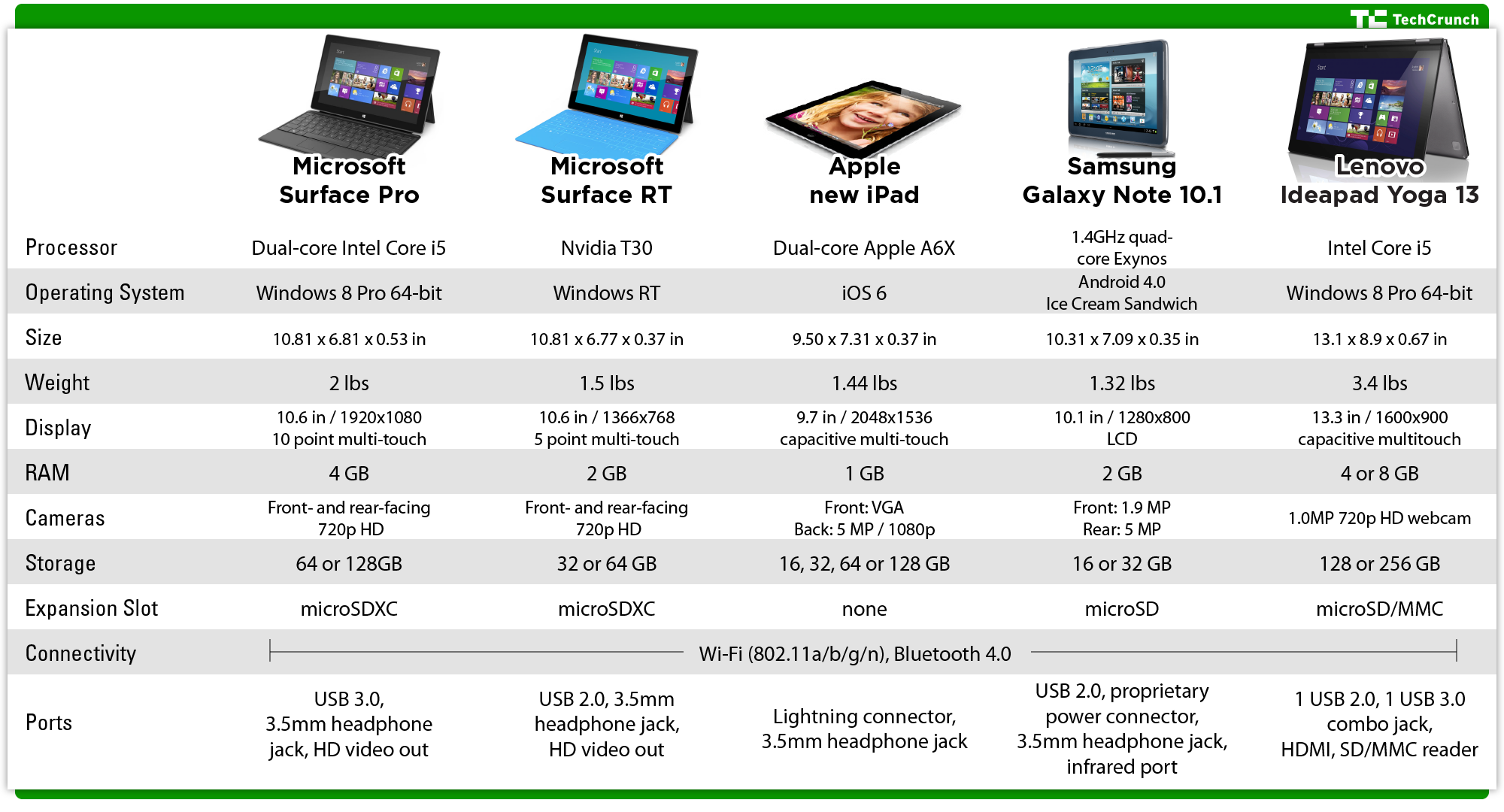


I also saw performance boosts when running tests while plugged in. With the Surface Laptop Studio, Laptop 4 and Pro 8, I found significant performance boosts by switching from the ‘Recommended’ performance mode to ‘Best Performance,’ at a cost to battery life. I’ve included score comparisons from our typical benchmark suite throughout this section, but frankly, the Go 3’s scores are embarrassing next to high-end laptops boasting much, much more powerful processors.īefore I get too much deeper into the performance comparison, I want to point out a few interesting things about the Surface Go 3 that differed from some of the other Surface devices I tested this year.


That said, the Go 3 isn’t intended to be your powerhouse PC and so it’s not entirely fair to judge it that way. The other option is an Intel Pentium Gold 6500Y, which I imagine has equally terrible performance. The unit I tested ran on a dual-core Intel Core i3-10100Y CPU, which is the highest level you can get in a Go 3. It shouldn’t come as much of a surprise, but the Surface Go 3 does not offer high-end performance. Newer internals mean little for performance You can find a full list of available configurations here. Note: The above specs are for my review unit. Ports: 1x USB-C, 3.5mm headphone jack, 1x Surface Connect Port, MicroSDXC card reader.Sensors: Ambient light sensor, Accelerometer, Gyroscope, Magnetometer.Connectivity: Wi-Fi 6, Bluetooth 5.0 (LTE on some models).Battery: Battery Capacity Nominal (WH) 28.0, Battery Capacity Min (WH) 26.8.Operating System: Windows 11 (ships in S mode).Camera: Windows Hello front-facing 5-megapixel camera, 8-megapixel rear camera.Processor: Dual-core 10th Gen Intel Core i3-10100Y processor.Display: 10.5-inch PixelSense Display, 1920 x 1280 pixel resolution, 3:2 aspect ratio.Ultimately, the Surface Go 3 is a decent little 2-in-1 that can serve as an ultra-portable typing machine and that’s effectively all.


 0 kommentar(er)
0 kommentar(er)
